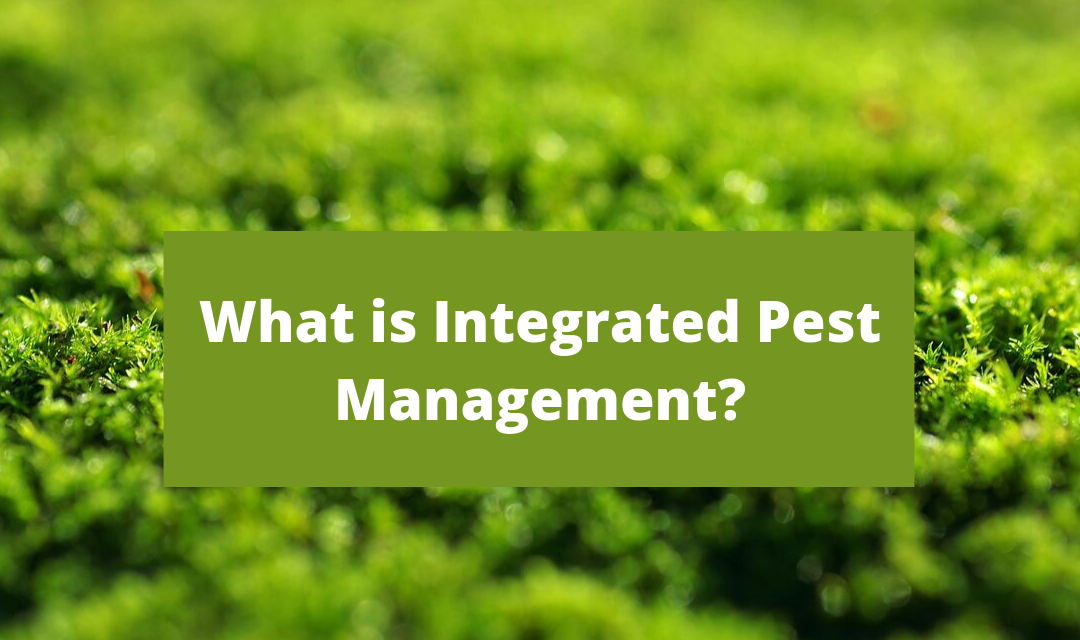For most business owners, the most well-known method to rid their property of pests is to use traditional chemically based pest control tactics. While the use of toxins can be effective, it is not typically the safest or most cost-effective way to prevent or end an infestation of pests.
They can cause an inordinate amount of downtime as well as put your products, employees, students, and customers at risk. This is why many companies within agriculture, food processing, healthcare, and other industries that have a sensitive environment have used some form of an Integrated Pest Management system for more than 50 years. In fact, many states have even promoted and passed legislation to promote integrated pest management programs to ensure student safety, cut downtime, and save on the typical costs of pest control.
IPM programs are not only effective and affordable, but they are also environmentally friendly. Learn more about IPM below.
What is IPM?
IPM deploys an environmentally friendly method of pest control that relies on common-sense practices. The most effective IPM strategies utilize knowledge of the life cycles of pests as well as their interactions with the surrounding environment to manage and prevent pest infestations before they start.
The methods used to inhibit pest damage are economical and cause the least amount of harm to people, property, as well as the environment. IPM programs are not a one-time event. It is an ongoing process that addresses the root causes of pest infestations, instead of dealing with the aftermath of one.
This method of pest control can help to limit the number of chemicals that are used and as a result, make the environment safer for people and products. Listed below are some often used IPM tactics:
- Ensuring that pests do not have an ideal living condition (source of water, shelter, food)
- Installing traps, barriers, etc.
- Using non-toxic products like Cryonite
- Developing regulations and processes for pest control
- Using chemicals on a very limited basis
The Pest Management Process
Using an Integrated Pest Management process is not an overnight affair. It can take some time to develop the appropriate strategies and effectively deploy them. Learn more about the necessary steps involved with an effective IPM strategy below.
Inspect your property: Regular inspections are necessary. Areas such as storage areas, food processing areas, break rooms, receiving docks, etc. should all be inspected for pests as well as potential areas of weakness in your IPM program.
Prevent Infestations: After you have identified potential areas of vulnerability within your facility, it is important to take quick and decisive action to correct any issues before infestations occur. This can include implementing sanitation policies, installing traps, etc.
Identify Pests: Before you can end an infestation, you must know what type of pests you have on your property. This will help you to set your IPM strategy accordingly.
Analyze Your Environment: When you have identified pests, it’s imperative that you understand why they chose to live and breed in your facility and how they got there. Pests only stay in places that are hospitable to them.
Decide on Treatment: IPM focuses on using non-toxic pest control methods such as Cryonite, traps, blocking entryways, etc. The most effective strategies use a combination of them all.
Monitor: It is important to regularly monitor your success and failures within the IPM process. This will help you to learn what the most effective strategies are and which ones do not work well for your particular situation.
Record: Keep a record of your IPM strategies and activities. This can be useful during safety inspections and potentially protect you during any type of audit. Having Cryonite as a tool to combat pests is a great way to show you are prepared for an infestation.
Why Cryonite is an Effective IPM Tool
Searching for a pest control solution that is in alignment with IPM principles can sometimes be difficult. This can be especially true if you find that traps, deterrents, and blockades are not 100% effective. Cryonite is a great way to implement IPM steps while keeping your facility toxin-free.
Cryonite uses -110°F CO2 to freeze pests like cockroaches, mites, bed bugs, etc. on contact. It is non-toxic, cost-effective, and can be easily deployed by staff members. It poses little to no risks for persons, pets, various surface types, and the environment (it can be used inside or outdoors).
Furthermore, Cryonite does not require downtime and can save you from spending too much money and/or time on pest control. Cryonite is a great tool to implement alongside other IPM strategies to manage and prevent infestations in your business.
Are You Prepared for an Infestation?

